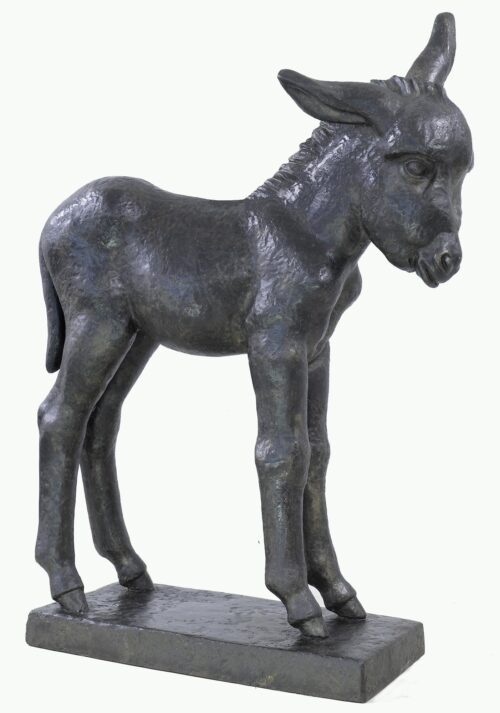
Efthymiadi-Menegaki Frosso (1911 - 1995)
Baby Donkey, [after 1940]
She came to Athens with her family in 1922. During 1930-1933, she studied pottery at the Vienna Arts and Crafts School with Michael Powolny and Robert Obsieger. Returning to Athens in 1933, she visited regions in which ancient Greek potters worked, collecting a great number of different clay types. In 1945, she went to Paris and worked with Marcel Gimond. During 1947-1949 she lived in Argentina, where she studied the Inca and Indio art and culture. In June 1949, she returned to Greece; during 1953-1967 she travelled once again to the Americas as well as Egypt, Japan, India, Thailand, Bali, China, Cambodia, Java, Iraq, Nepal and Persia. In 1974, the Academy of Athens honoured her for her work and in 1980 she became the first woman nominated as an Academy member.
Her work has been shown in solo exhibitions in Greece and around the world. She also participated in group and international events, including Panhellenic exhibitions, the 1955 International Ceramics Fair in Cannes, the international contemporary sculpture exhibitions held in the Musee Rodin in 1956 and 1961, the 1965 International Sculpture Panathenaia exhibition in Athens and the New York World Fair of the same year, the Paris Salons de la Jeune Sculpture in 1968 and 1969, as well as the 1959 Sao Paulo Biennale, where she won first prize, and the 1965 Alexandria Biennale.
Until around the mid-1950’s, Frosso Efthymiadi worked exclusively with clay, creating busts and full figures, vases and figurines, but above all a substantial number of animals; indeed, she is considered as the first sculptor to pursue animal sculpture in Greece. In 1955, she turned to metal, abandoning at the same time her realistic output and adopting a freer style. Using electric or oxyacetylene welding to join bronze or iron plates or rods which she forged herself, and working within the same thematic field she created abstract compositions, either static or in motion, in which the void plays a prominent role.

Baby Donkey, [after 1940]
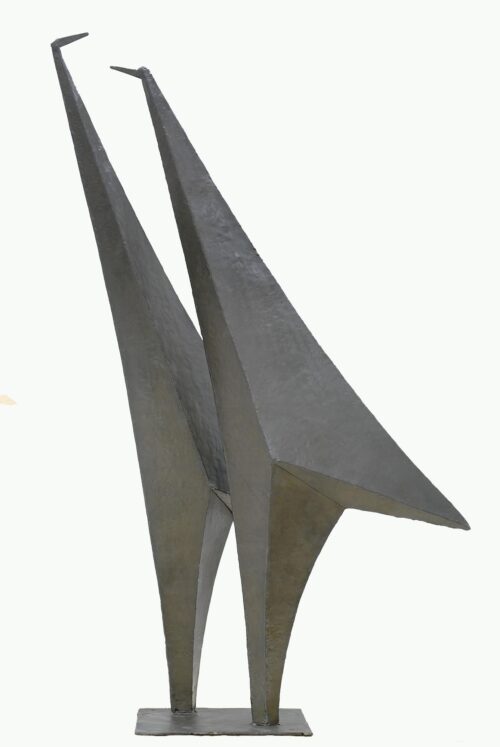
Birds, [before 1972]
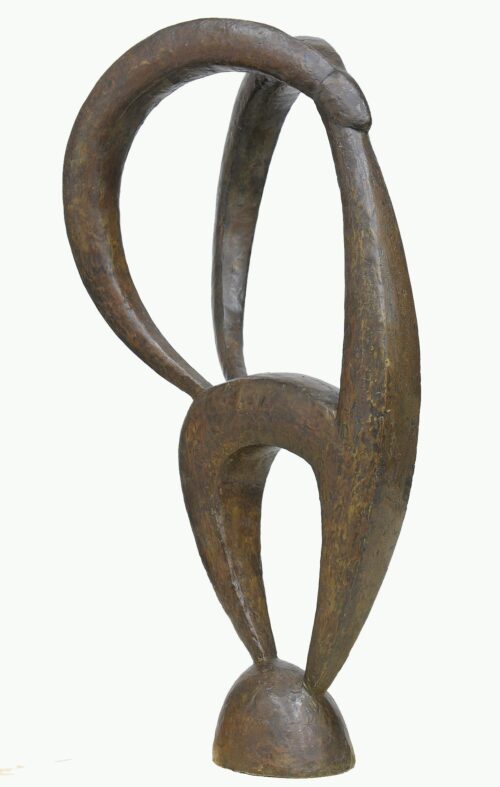
Ibex, [1955]
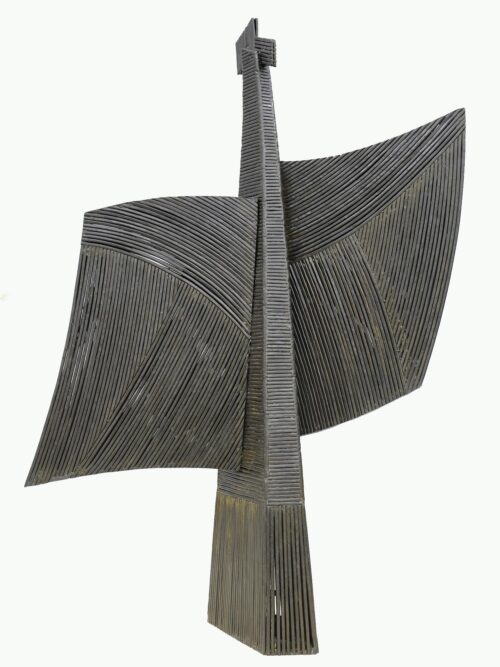
Winged Chief, [1960]
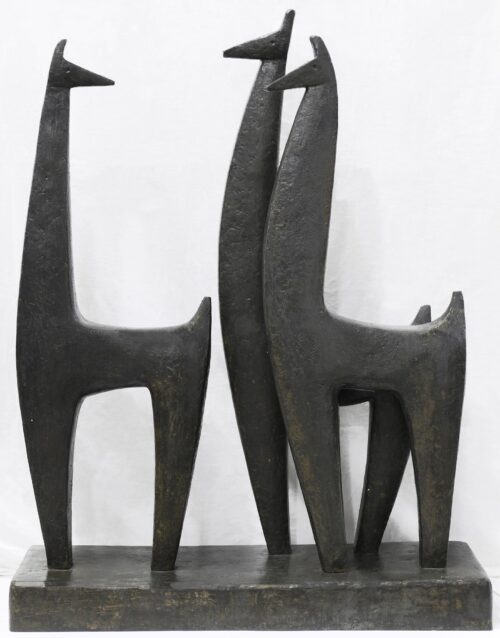
Animals of the Andes, 1954
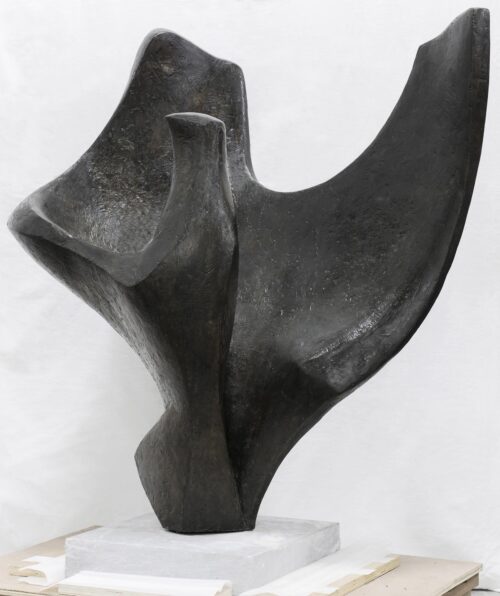
Eagle, [1956 - 1957]
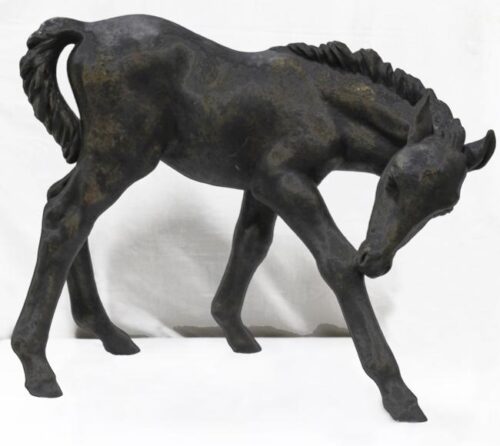
Foal, [after 1940]
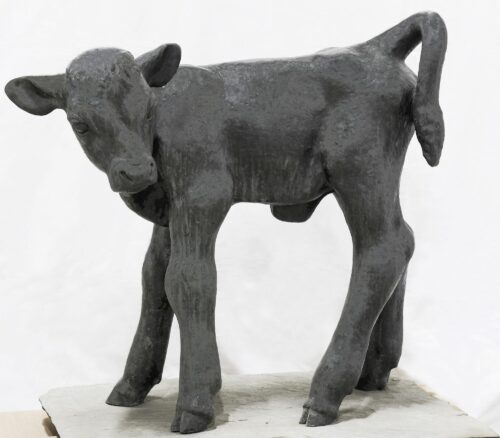
Calf, [after 1948]
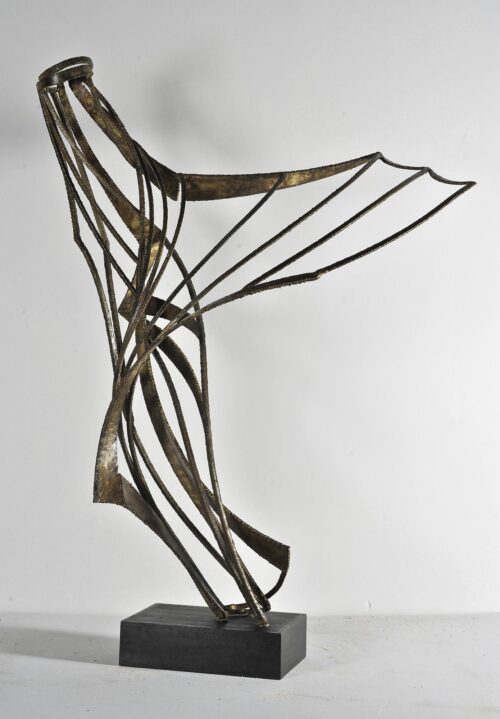
Nike, [1960]
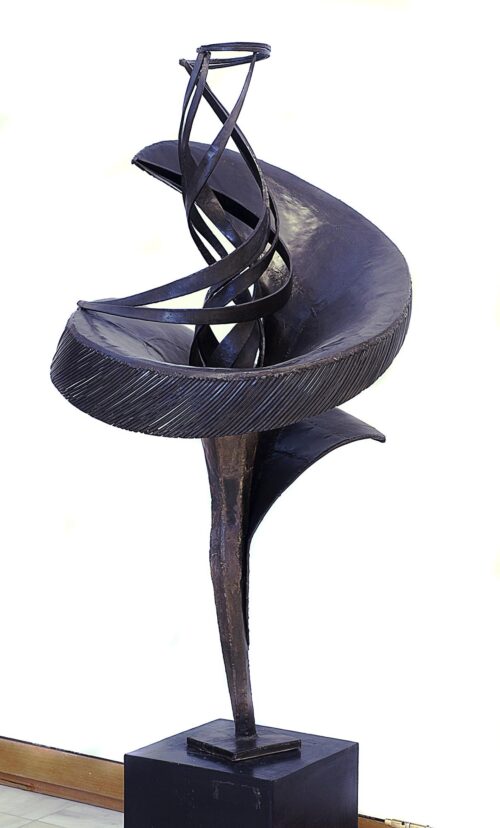
Ballerina, [1959]

Endless spiral, [after 1960]
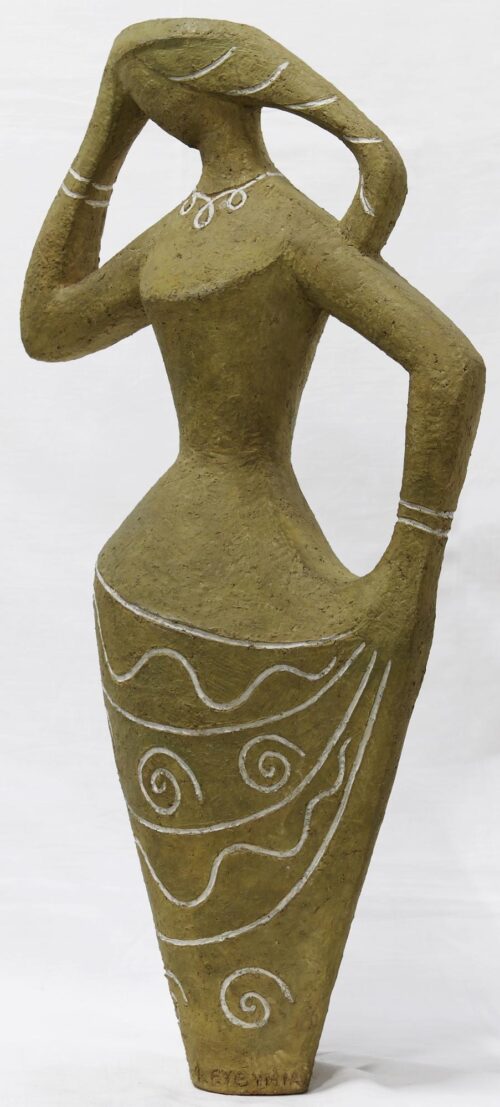
Water-Jar Figure, [after 1951]

Girl with Dove, [1951]
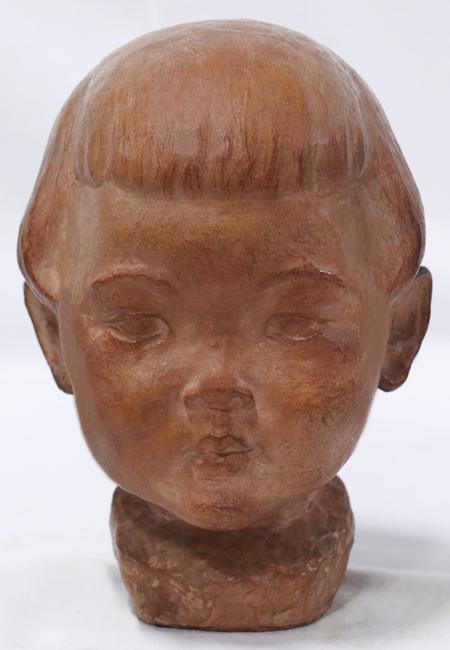
Japanese Girl (Kazuko Watanabe), [c. 1938]
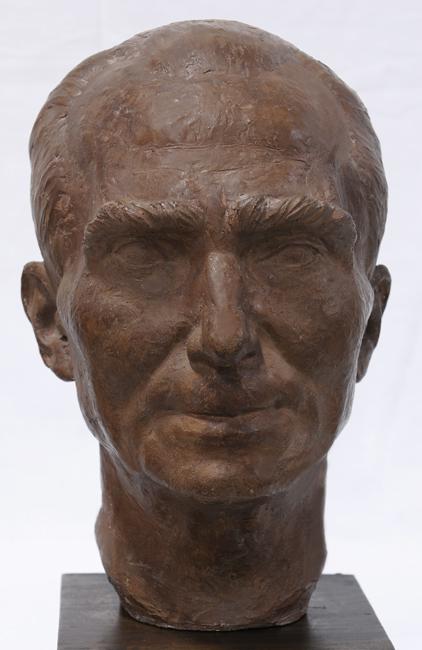
The Writer Nikos Kazantzakis, [1947]
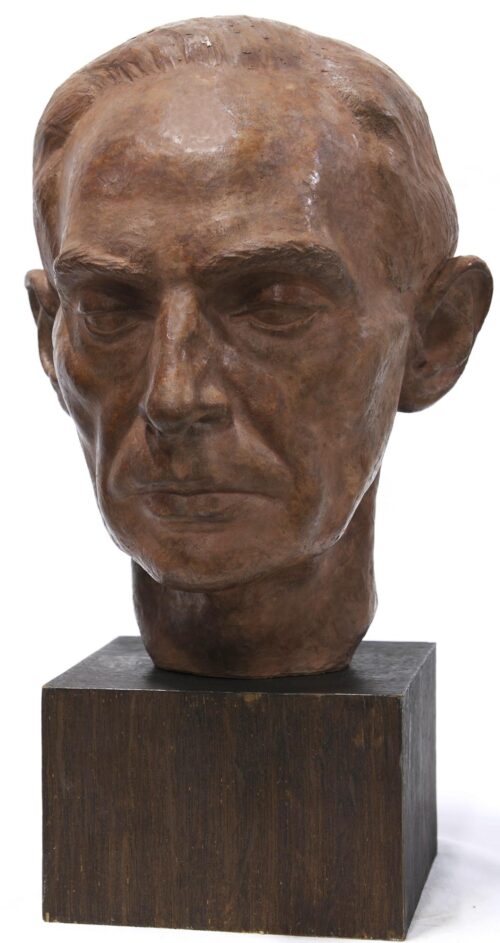
The Architect Dimitrios Pikionis, [1941]
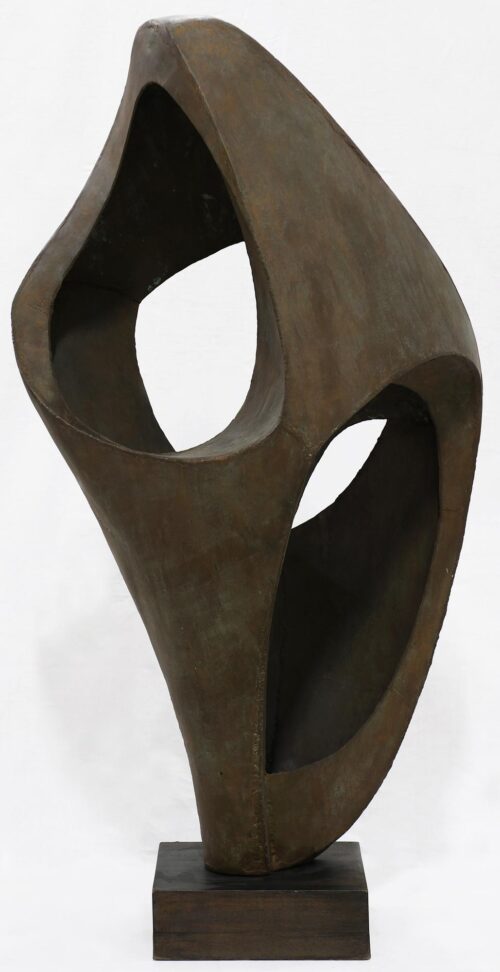
Sibylla, [1958]
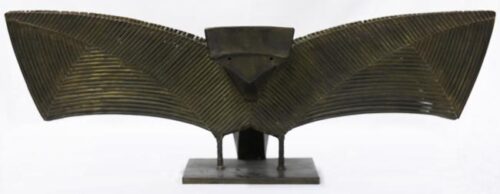
Nightbird, [1961]
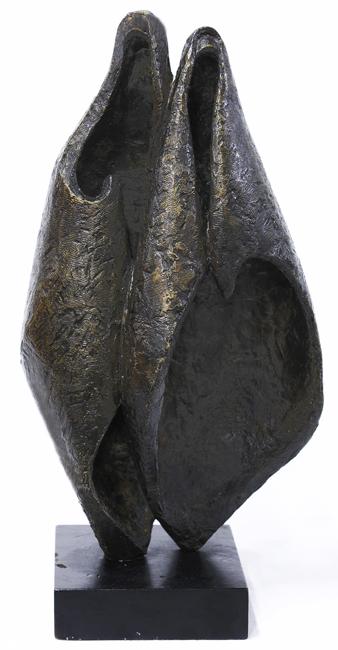
Women of Luxor, [1955]
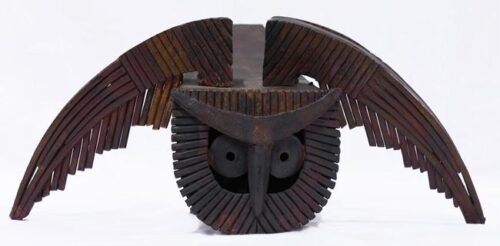
Owl, [after 1959]
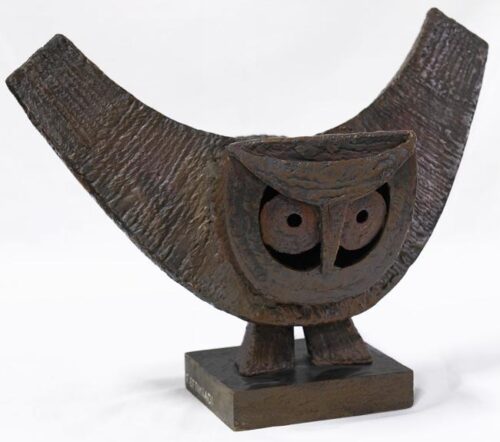
Owl, [before 1959]
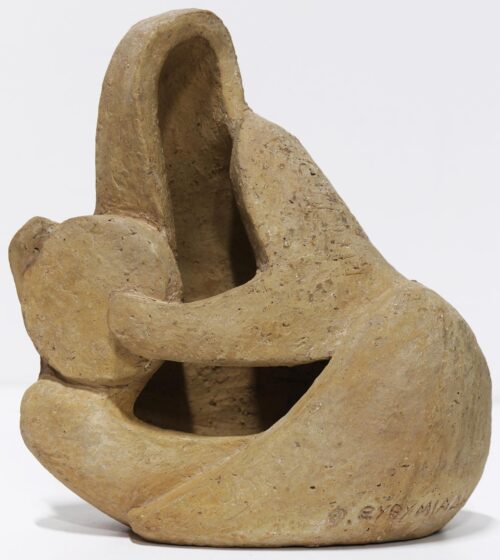
Morrocan Figure, 1952
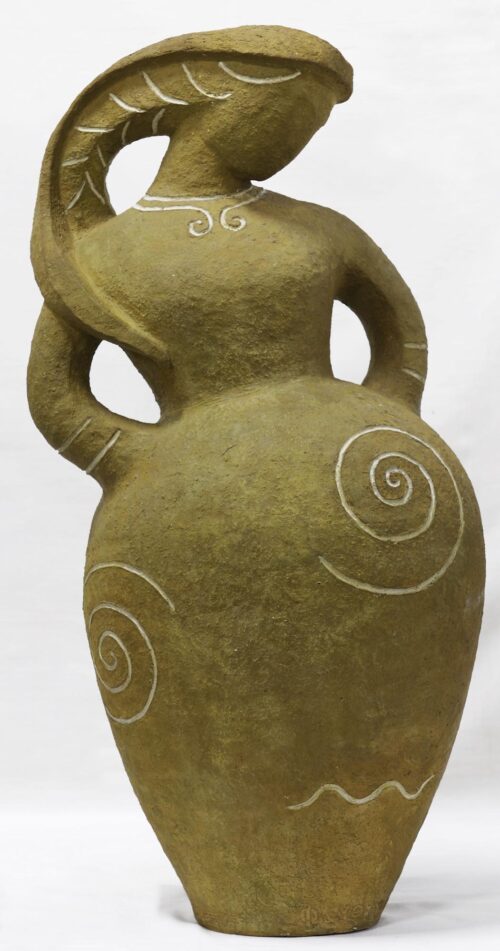
Water-Jar Figure, 1954
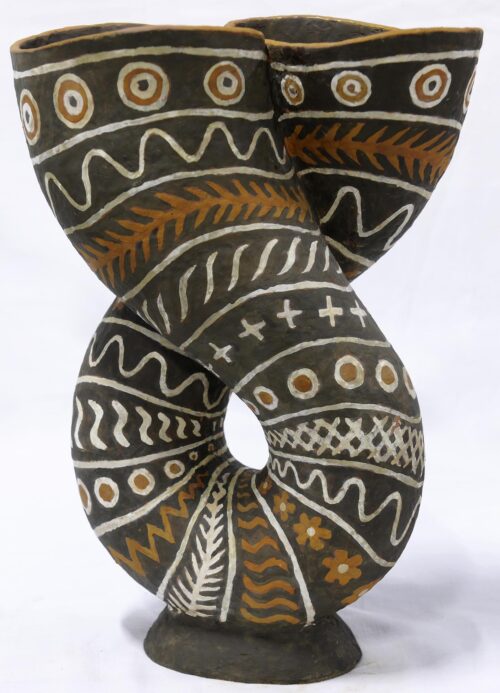
Vase, 1949

We use cookies to make our site work properly, to personalize content and ads, to provide social media features and to analyze our traffic. We also share information about how you use our site with our social media, advertising and analytics partners. Read the Cookies Policy.
These cookies are necessary for the website to function and cannot be switched off in our systems. They are usually only set in response to actions made by you which amount to a request for services, such as setting your privacy preferences, logging in or filling in forms. You can set your browser to block or alert you about these cookies, but some parts of the site will not then work. These cookies do not store any personally identifiable information.
If you disable this cookie, we will not be able to save your preferences. This means that every time you visit this website you will need to enable or disable cookies again.
These cookies tell us about how you use the site and they help us to make it better. For example these cookies count the number of visitors to our website and see how visitors move around when they are using it. This helps us to improve the way our site works, for example, by ensuring that users find what they are looking for easily. Our website uses Google Analytics for statistics reporting.
Please enable Strictly Necessary Cookies first so that we can save your preferences!